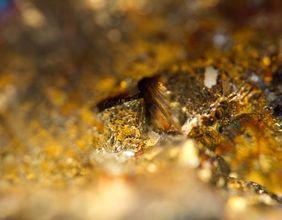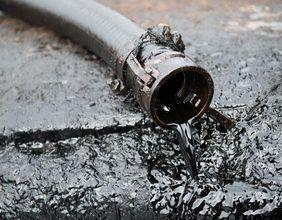Highlights
- Radius Gold initiates integrated hyperspectral, geophysics, and geochemistry exploration at Tierra Roja
- Remote sensing and geological mapping cover an expanded district-scale land position
- IP and resistivity geophysical surveys set to begin as drill permitting progresses
Radius Gold Inc. (TSXV:RDU), a key player among TSX mining stocks, is expanding exploration at its Tierra Roja project in southern Peru. The initiative targets a major porphyry belt using integrated techniques across a consolidated land package.
Expanded Land Coverage and Geological Assessment
The company has secured exploration rights across a contiguous land block at Tierra Roja and adjacent areas through claim staking, exclusivity agreements, and option deals. This combined area forms a district-scale exploration zone. Geological mapping at Tierra Roja has provided a detailed understanding of lithological units and hydrothermal systems. This groundwork has supported the development of a wider remote sensing campaign across the region.
AI-Driven Hyperspectral Survey Deployment
A hyperspectral survey using artificial intelligence models has been completed to support geological and mineralogical analysis. This approach utilized satellite data interpreted alongside existing field mapping results from Tierra Roja. The remote sensing was applied not only to the company’s licensed ground but also across a broader segment of southwestern Peru, enhancing geological continuity assessments.
High-Resolution Geochemical Program Underway
A grid-based geochemical sampling program has been completed, employing low-detection-limit analytical techniques to assess a multi-element spectrum. This effort supplements earlier data sets that primarily emphasized copper content. The broader dataset will assist in defining geochemical distributions and character zones across the project, enhancing the prioritization of exploration areas.
Geophysical Surveys and Permitting Progress
Preparations are underway for the deployment of ground-based geophysical methods, including induced polarization and resistivity surveys. These methods aim to identify subsurface features consistent with mineralized systems. The program is being led by GC-Ground, a geophysical consultancy group. Simultaneously, regulatory processes for drilling access are advancing, with permitting anticipated in alignment with the geophysical campaign timeline.
District-Wide Target Evaluation and Field Presence
A field team remains active across the project area, assessing features generated through combined remote and on-the-ground datasets. The integrated interpretation of geological, geochemical, and geophysical data has supported the identification of both previously known and newly outlined mineralized areas. Field observations continue to refine these interpretations, contributing to the broader exploration scope across the district.





